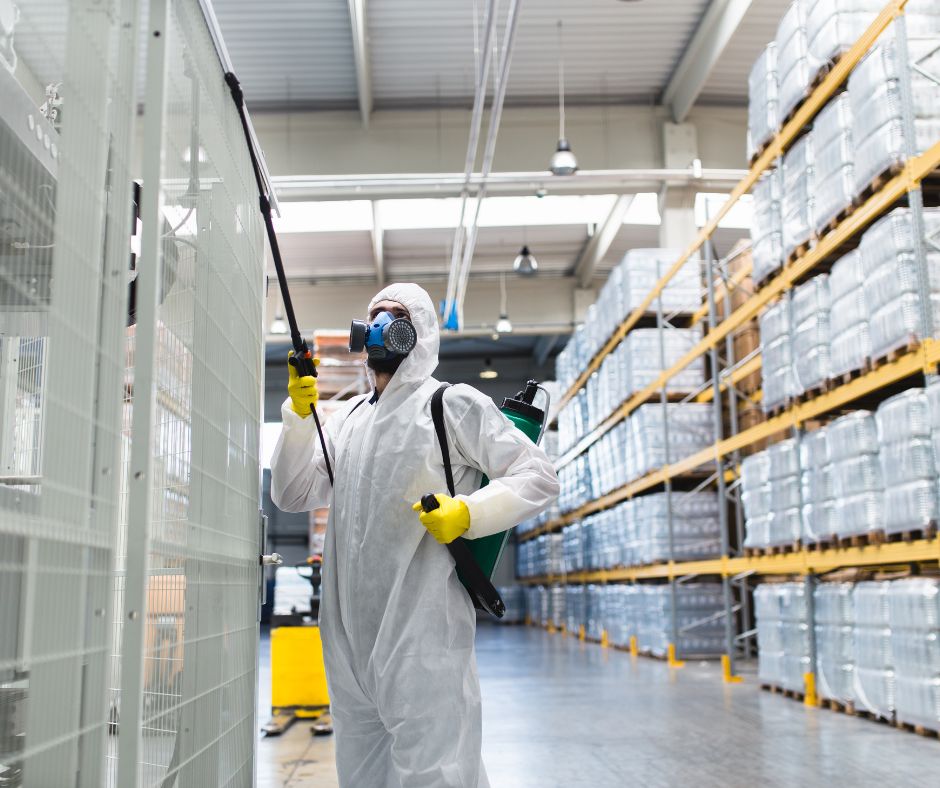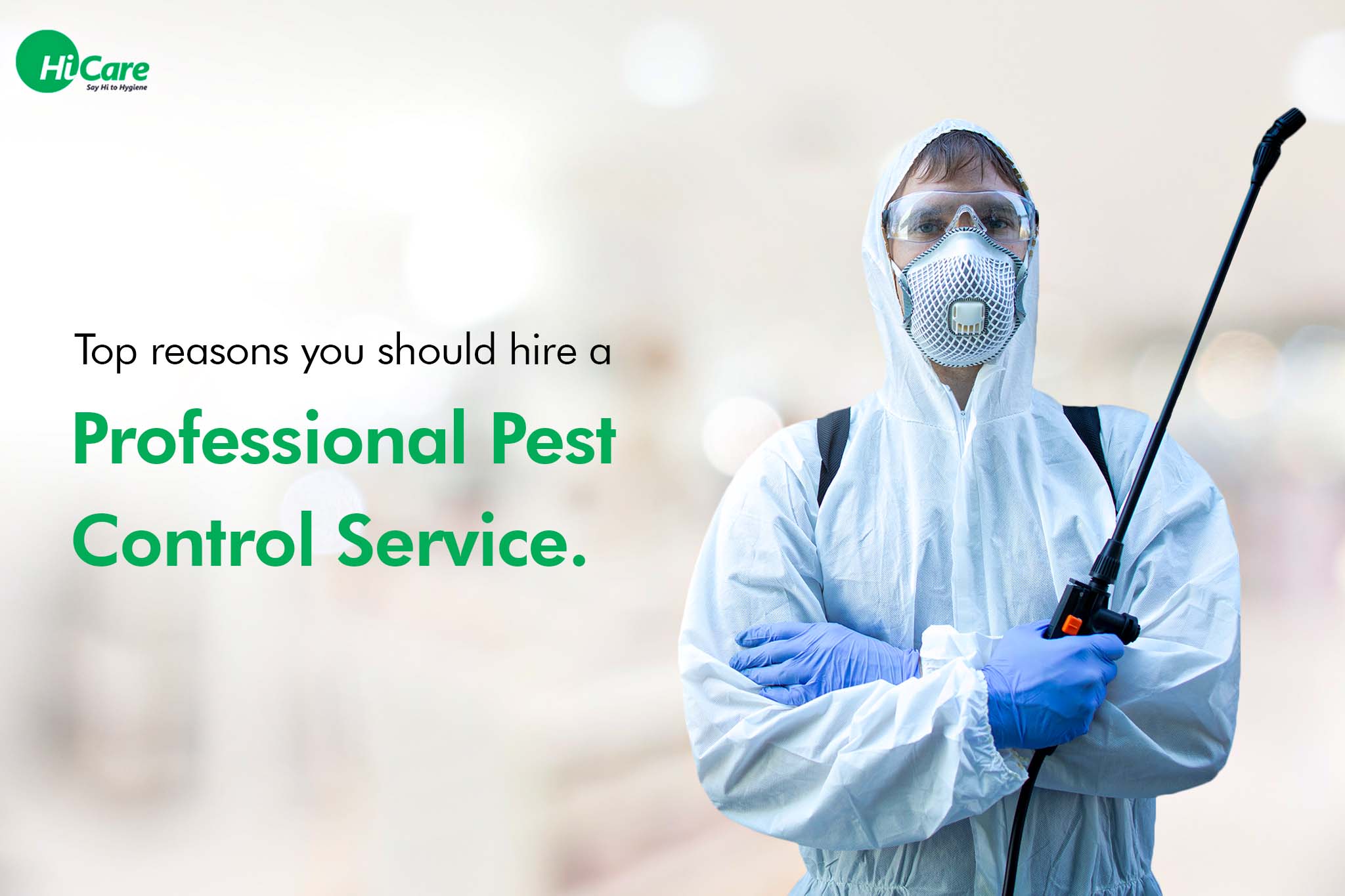Top-tier Mosquito Control Services for a Comfortable Outdoor Living Space
Discover the Most Current Advancements in Parasite Control and Exactly How to Implement Efficient Treatment Solutions
In recent years, the field of parasite control has observed significant innovations, driven by the demand for sustainable and reliable therapy services. Innovative techniques such as Integrated Parasite Monitoring (IPM) incorporate environment-friendly practices with innovative modern technology, improving both effectiveness and environmental duty.
Eco-Friendly Insect Control Options
In recent times, the demand for eco-friendly pest control alternatives has risen as home owners and services alike look for lasting alternatives to standard chemical therapies. This shift is driven by growing environmental awareness and a desire to lessen the wellness dangers related to artificial chemicals.

Environmentally friendly pest control methods include a variety of techniques that prioritize using natural compounds and techniques. Integrated Parasite Monitoring (IPM) is one such strategy, combining biological, cultural, and mechanical techniques to handle parasite populaces while minimizing dependence on chemicals (Wildlife removal services). This holistic method highlights avoidance through environment control and the introduction of natural killers, thereby fostering a balanced community
An additional popular alternative is making use of organic chemicals stemmed from plants, which often tend to be much less dangerous to non-target microorganisms. Products like neem oil and diatomaceous planet have actually gained grip for their performance in regulating pests while posturing marginal dangers to human wellness and the atmosphere.
Additionally, exclusion techniques, such as securing access points and preserving tidiness, play a critical duty in environmentally friendly insect monitoring. By embracing these sustainable practices, individuals and businesses can successfully take care of pests while promoting a healthier earth for future generations.
Smart Modern Technology in Bug Monitoring
Advancement is reshaping the landscape of insect monitoring, with clever modern technology becoming a pivotal force in enhancing effectiveness and effectiveness - Wildlife removal services. The assimilation of Net of Points (IoT) gadgets, expert system (AI), and information analytics is revolutionizing exactly how insect control specialists approach infestations
Smart traps furnished with sensing units can find parasite activity in real-time, sending prompt notifies to drivers. This permits timely responses, reducing damage and decreasing the demand for comprehensive treatments. In addition, AI algorithms analyze historic data to forecast pest actions, allowing positive interventions based on ecological problems and infestation patterns.
Drones and computerized lorries are also playing a significant function in pest management, providing aerial evaluations of huge areas, determining hotspots, and also dispersing targeted treatments. These innovations not just streamline operations but also boost security by limiting human direct exposure to potentially damaging chemicals.
Furthermore, mobile applications encourage consumers to check bug activity and access specialist recommendations, promoting a joint strategy to pest administration. In general, the fostering of wise modern technology is setting a new criterion in insect control, stressing data-driven decisions and sustainable techniques that inevitably profit both specialists and home owners alike.
Integrated Parasite Administration Techniques
Integrated Pest Monitoring (IPM) utilizes an all natural method to pest control, combining different methods to effectively manage pest populations while lessening threats to human health and wellness and the environment. IPM revolves around recognizing the pest life cycle, their all-natural opponents, and the community in which they grow.
One of the essential elements of IPM is keeping track of pest populations through routine evaluations and data collection. This enables the recognition of parasite thresholds, figuring out when treatment is necessary. Cultural practices, such as crop rotation, hygiene, and environment adjustment, are important in decreasing bug occurrence and promoting plant wellness.
Mechanical controls, including catches and obstacles, are also important in IPM. These methods can physically eliminate or hinder parasites without the usage of chemicals. When needed, the sensible application of chemical controls is utilized, concentrating on targeted therapies that lessen environmental impact.
Education and learning and partnership among stakeholders, including farmers, parasite control experts, and the community, are essential for the effective application of IPM techniques. By focusing on lasting practices, IPM not just addresses pest problems but additionally promotes a healthier ecological community.
Biological Control Techniques
Various organic control techniques are increasingly identified for their efficiency in managing bug populations while advertising environmental equilibrium. These techniques harness all-natural predators, bloodsuckers, and pathogens to lower pest numbers without depending on artificial chemicals. For circumstances, the intro of ladybugs can successfully control aphid populaces, check it out while nematodes target soil-dwelling insect larvae.
Additionally, making use of microbial pesticides, such as Bacillus thuringiensis (Bt), provides an eco-friendly choice for handling caterpillar parasites. These products particularly target pest species, lessening injury to useful pests and pollinators. Additionally, preservation organic control emphasizes improving environments for all-natural enemies, such as birds and useful pests, thereby motivating their visibility in agricultural systems.
Research study remains to disclose innovative approaches within this area, such as making use of pheromones to disrupt pest mating patterns or the advancement of biocontrol representatives with hereditary design. Applying these approaches can bring about lasting parasite management practices that reduce the dependence on chemical treatments, ultimately fostering healthier ecosystems. As understanding of these strategies grows, they are ending up being important parts of integrated bug monitoring (IPM) techniques, providing an equilibrium in between effective bug control and ecological stewardship.
Do It Yourself Bug Control Solutions
As homeowners seek efficient ways to deal with parasite issues, DIY bug control services have obtained appeal for their accessibility and cost-effectiveness. These techniques equip individuals to attend to problems making use of readily available products and techniques, frequently without the need for professional treatment.

Furthermore, maintaining proper hygiene and regular inspections can protect against insect entry and nesting (Wildlife removal services). Simple techniques, such as sealing cracks, getting rid of food resources, and decluttering, can substantially reduce pest populaces. Catches, both homemade and commercially readily available, can likewise provide reliable options for monitoring and regulating certain insects like insects or rats

Conclusion
The integration of eco-friendly pest control options, smart modern technology, and cutting-edge administration techniques provides an extensive approach to reliable bug administration. By embracing Integrated Parasite Administration (IPM) and using organic control techniques, together why not try here with DIY services, lasting and accountable bug control can be accomplished. These advancements not just improve the effectiveness of bug administration techniques yet likewise add to a much healthier environment. Executing these techniques fosters a balanced environment while effectively attending to pest populations.
Environmentally friendly bug control approaches encompass a range of methods that focus on the usage of all-natural substances and practices. Integrated Bug Monitoring (IPM) is one such approach, combining biological, cultural, and mechanical techniques to handle bug populaces while reducing reliance on chemicals. As awareness of these techniques grows, they are becoming essential parts of integrated pest management (IPM) techniques, providing a balance between efficient insect control and environmental stewardship.
The combination of environmentally friendly parasite control alternatives, clever modern technology, and cutting-edge monitoring approaches presents a thorough strategy to reliable bug administration. By accepting Integrated Insect Management (IPM) and utilizing organic control approaches, together with DIY services, sustainable and home mouse control liable pest control can be attained.